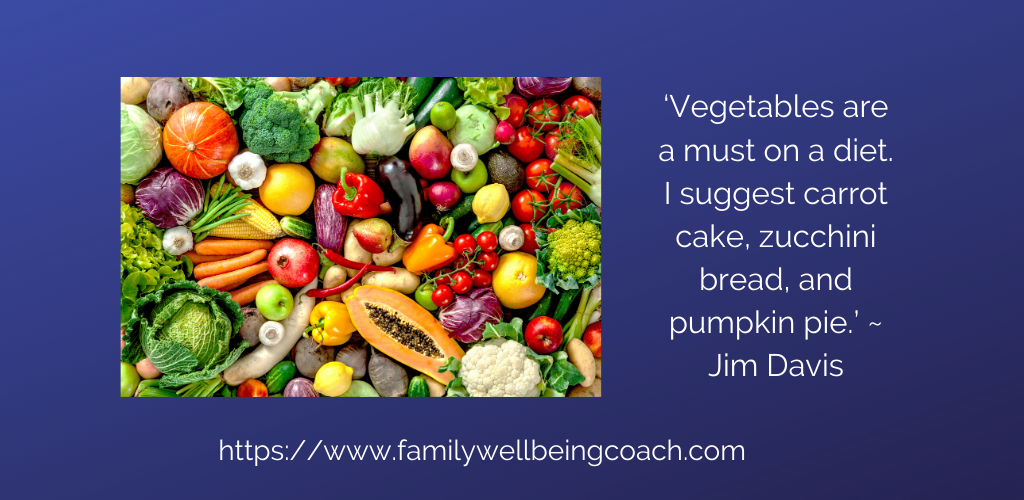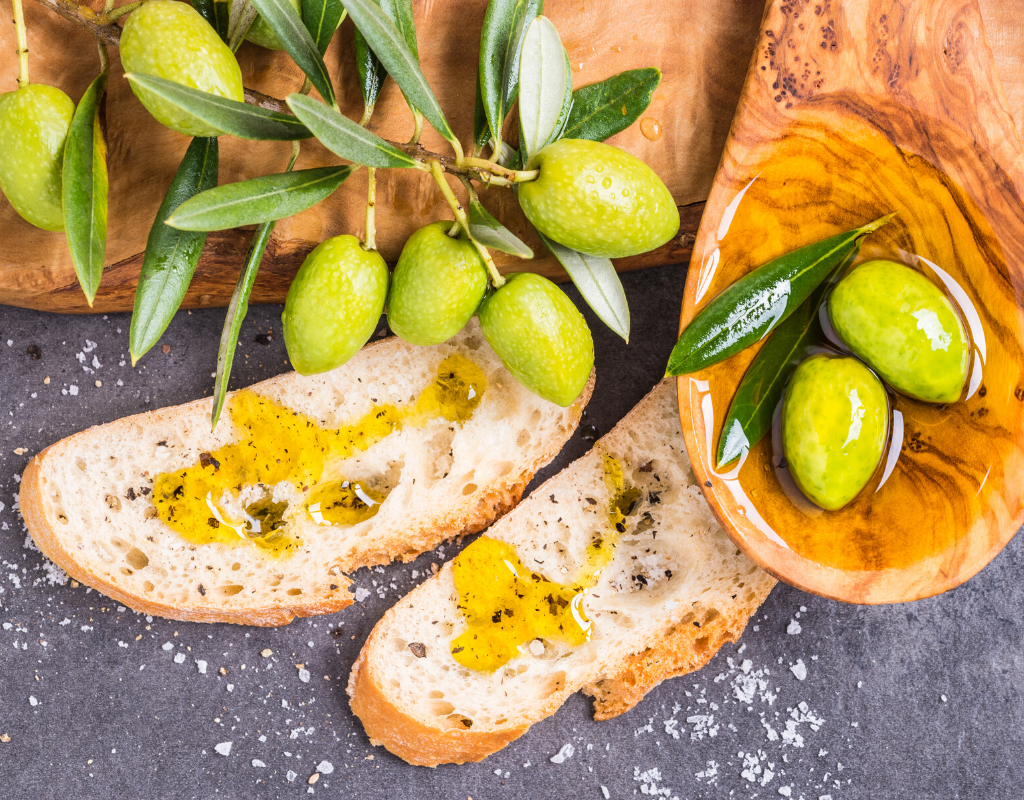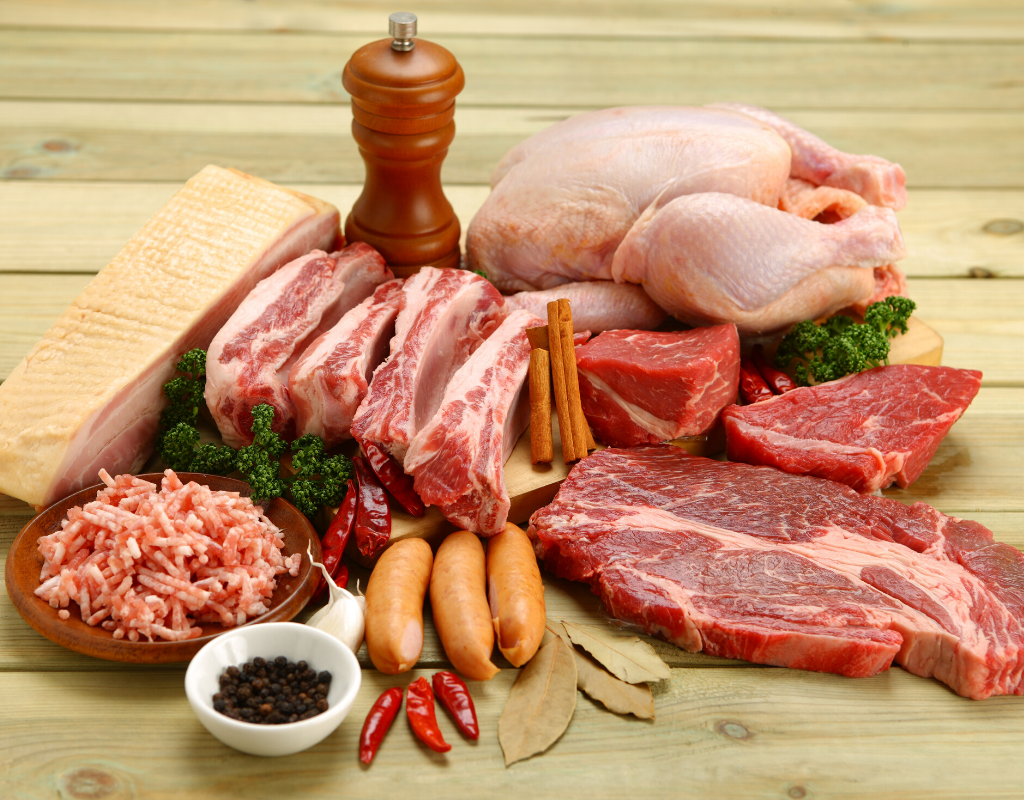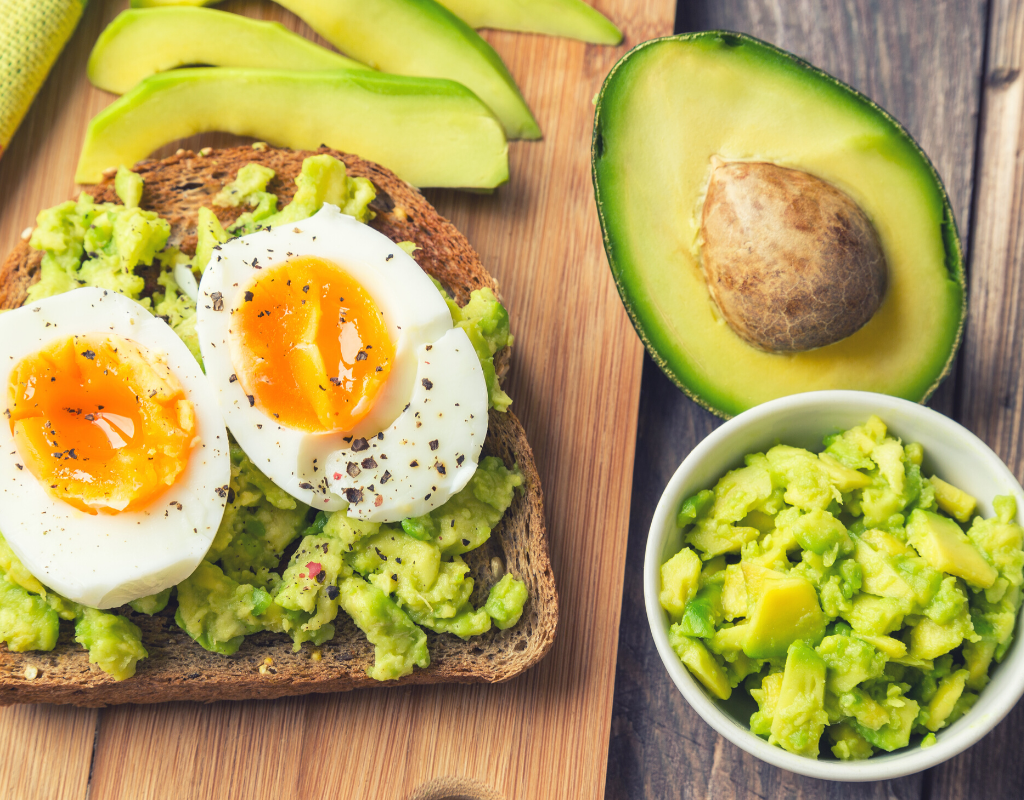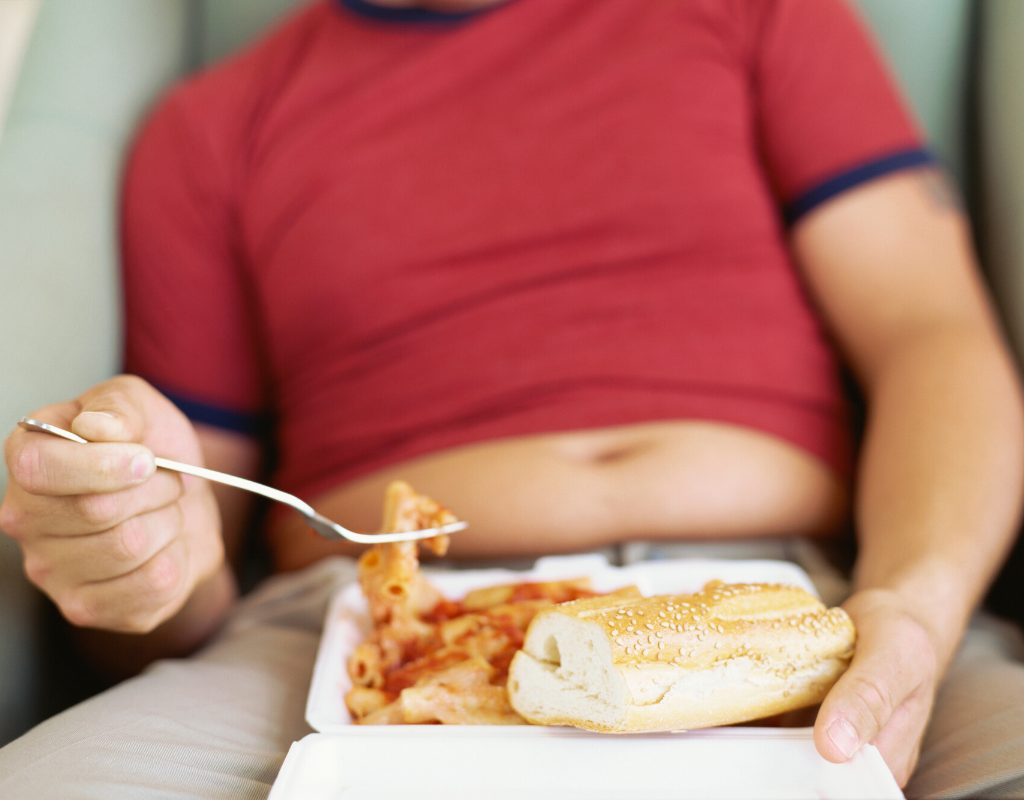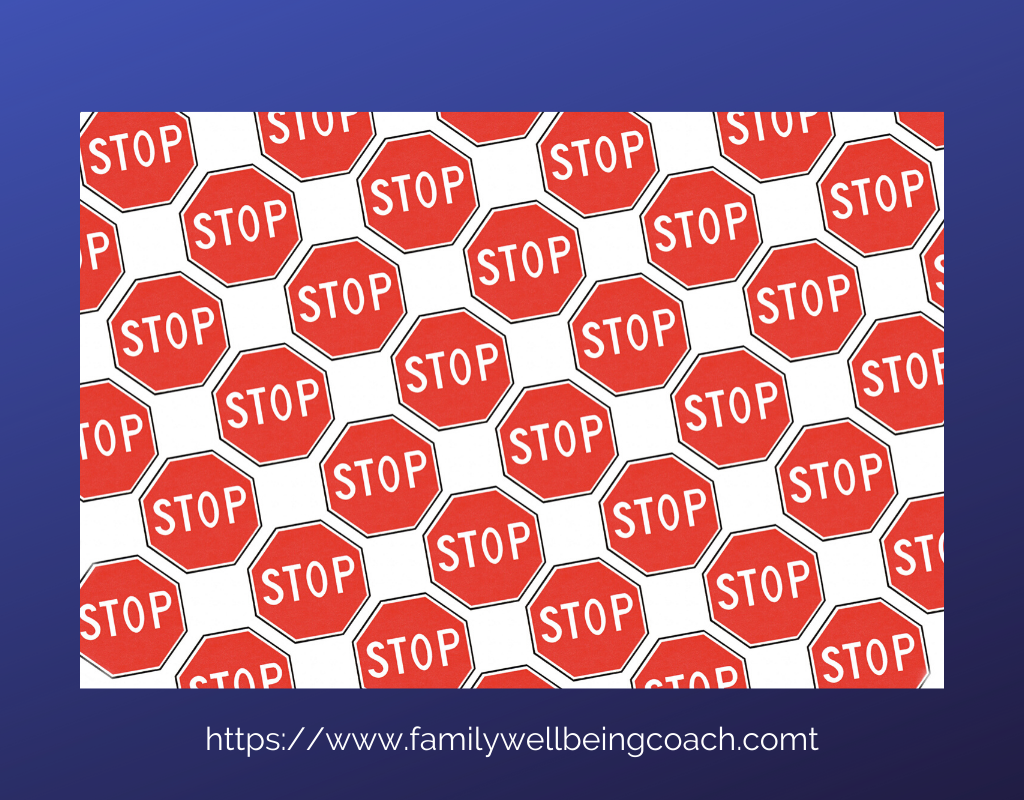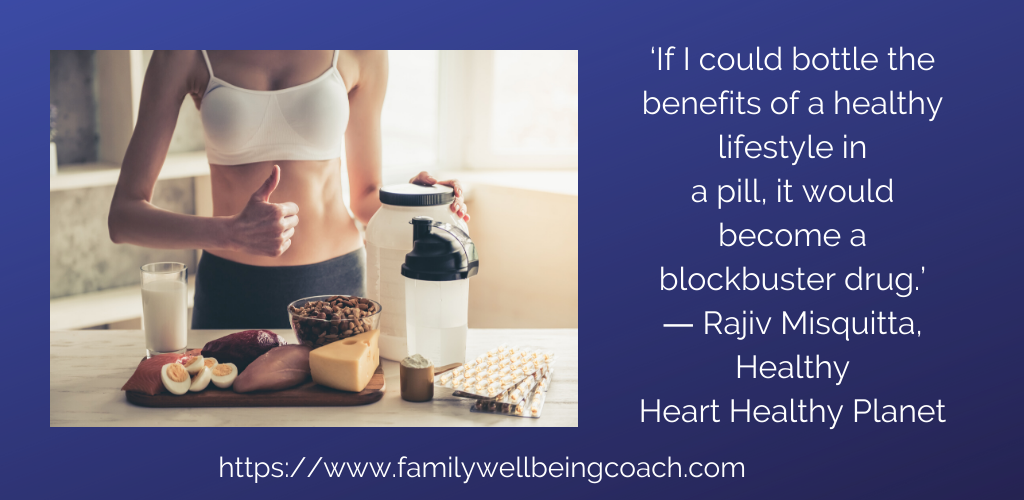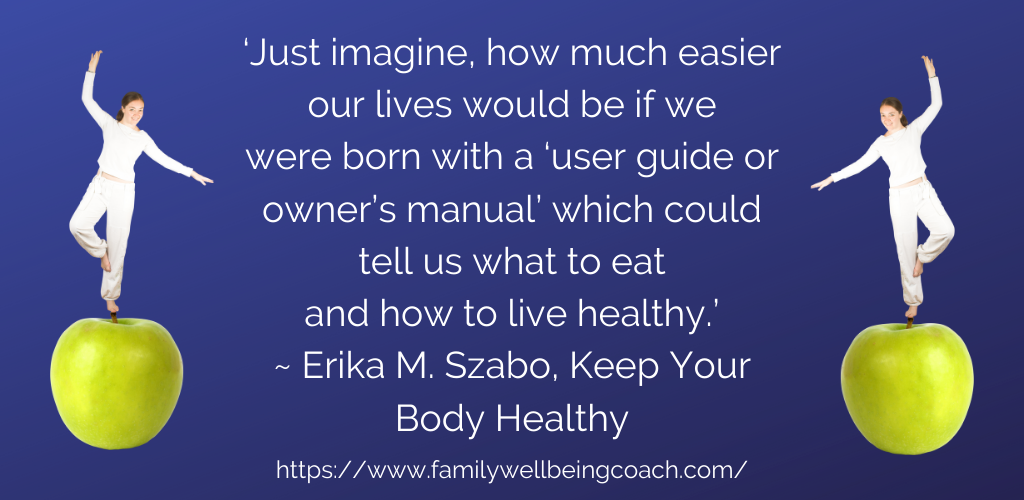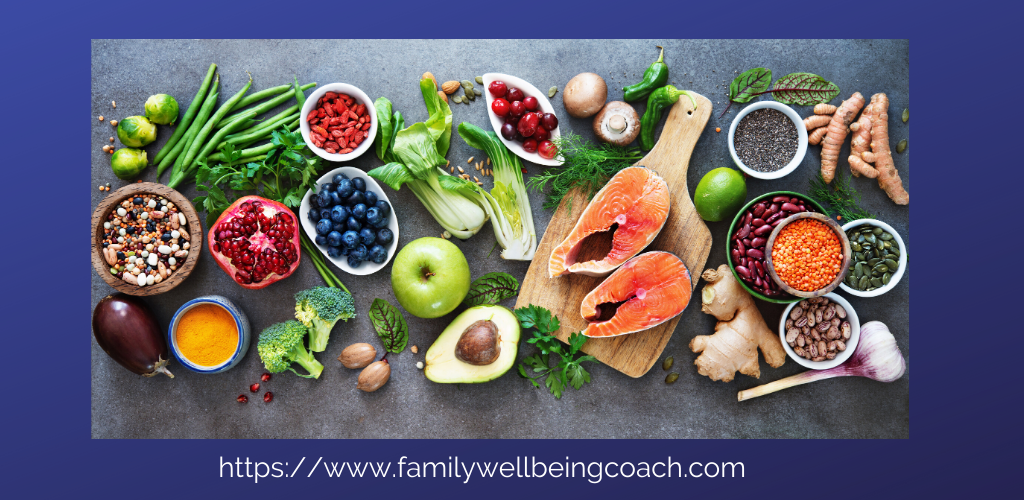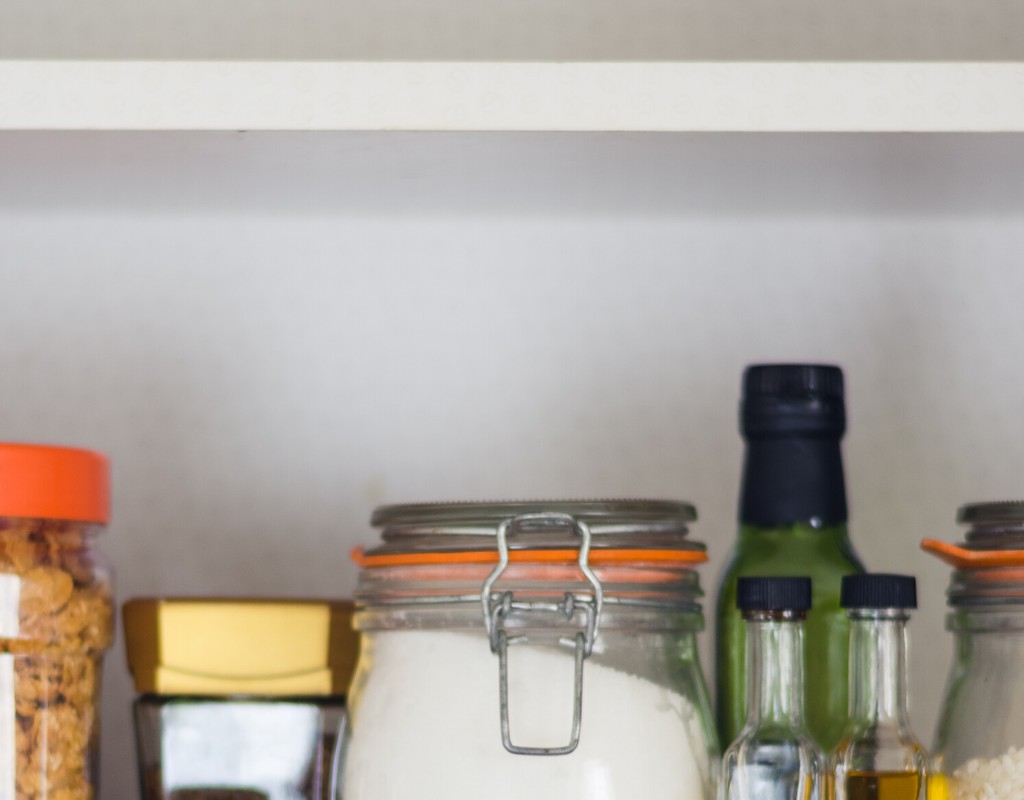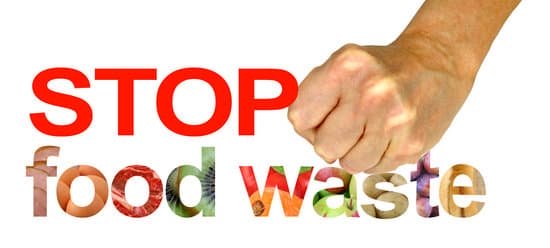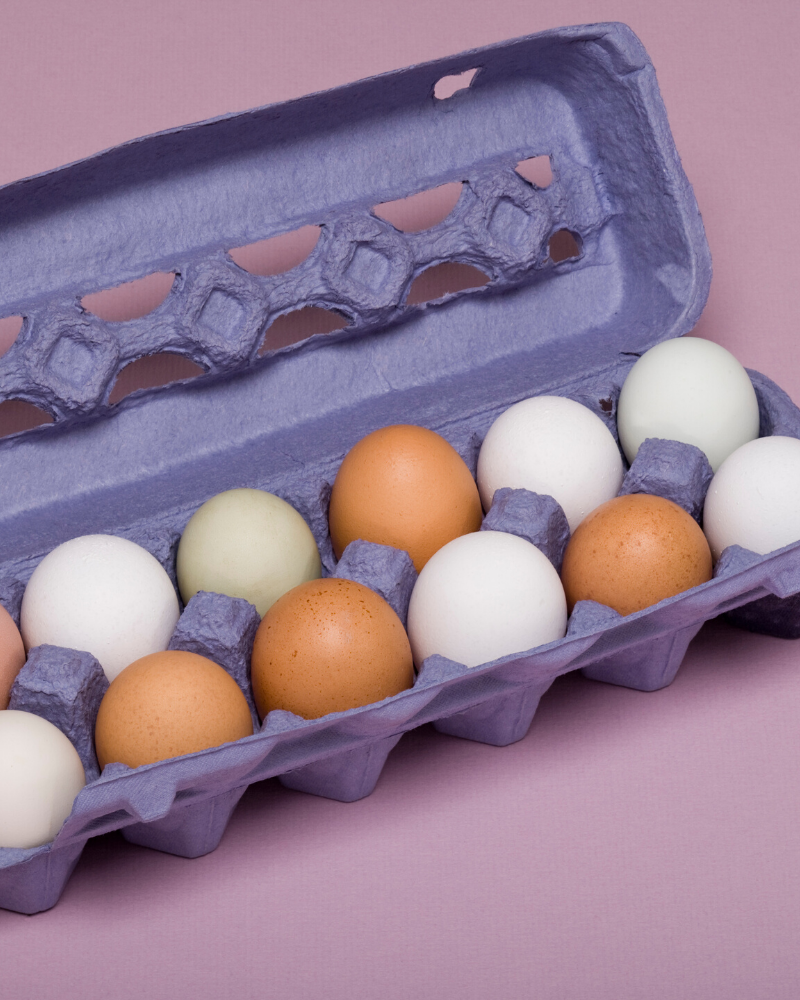Understanding Energy Balance and Obesity
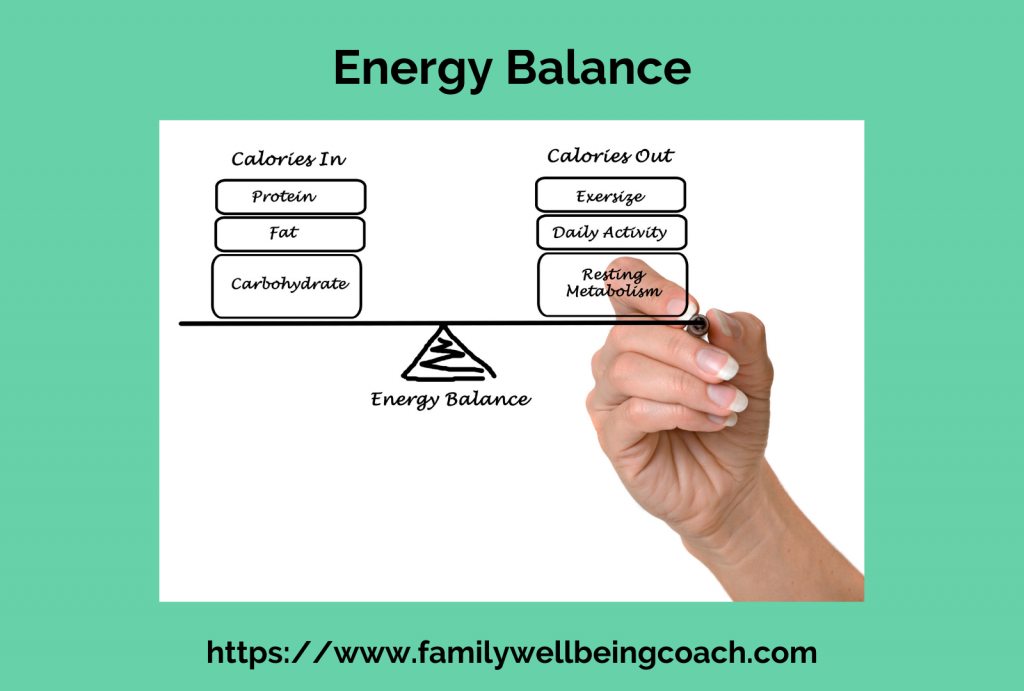
Understanding energy balance can help you to develop strategies to reduce obesity. In order to reduce obesity, it’s necessary to have a basic understanding of energy balance. This understanding is important, as it will help you to develop strategies. But before starting to understand what energy balance is, it’s advisable to examine the obesity problem that is currently affecting so much of the world’s population.
Globally, obesity has now reached epidemic proportions. Each year at least 2.8 million people die because they are overweight or obese.
The many health problems that obesity brings with it include:
- High blood pressure (hypertension)
- Problems regarding cholesterol
- Type 2 diabetes
- Coronary heart disease
- Stroke
- Gallbladder disease
- Osteoarthritis
- Sleep apnoea and breathing problems
- Many types of cancer
- Low quality of life
- Clinical depression, anxiety and other mental disorders
- Body pain and difficulty with functioning physically.
Covid-19 Pandemic
Since the start of the Covid-19 pandemic in early 2020, numerous studies have reported that many of the sickest patients are/were overweight or obese. As the year has progressed, it has become clear from these studies around the world that being overweight or obese puts you at a much higher risk of contracting Covid-19, and dying from it.
During August of 2020, in the first meta-analysis of its kind and which was published in Obesity Reviews, an international team of researchers gathered data from dozens of peer-reviewed papers capturing 399,000 patients. It was found that obese people who had contracted SARS-CoV-2 were 113% more likely to die – compared to people of a healthy weight – or to be hospitalised, 74% more likely to be admitted to an ICU, and 48% more likely to die.
These statistics indicate that there’s even more reason to lose weight than ever before. Therefore you should consider losing at least some weight, even if you’re only slightly overweight and getting your energy balance correct. Now is the time to act. The stakes are higher than ever. Furthermore, it’s highly recommended that you look at Family Wellbeing Coach Membership Site. Here you will find numerous resources that will help you to embark on your weight-loss voyage.
Obesity used to be associated only with high-income countries. Now, however, obesity is also prevalent in low- to middle-income countries.
Body Mass Index

Body mass Index (BMI) measures your weight in relation to your height.
Other methods to measure body fat include measuring skinfold thickness with calipers, underwater weighing, bioelectrical impedance, dual-energy x-ray absorptiometry (DXA), and isotope dilution. However, these methods are not always available, and are either expensive or need to be conducted by highly trained staff.
The following are the BMI classifications:
- Below 18.5 is underweight
- 18.5 to 24.9 is normal weight
- 25.0 to 29.9 is Pre-obese
- 30.0 to 34.9 is obese
- 35.0 to 39.9 is severe obesity
- 40.0 to 49.9 is morbid obesity
- 50.0 and over is super obese.
Worldwide Obesity Crisis
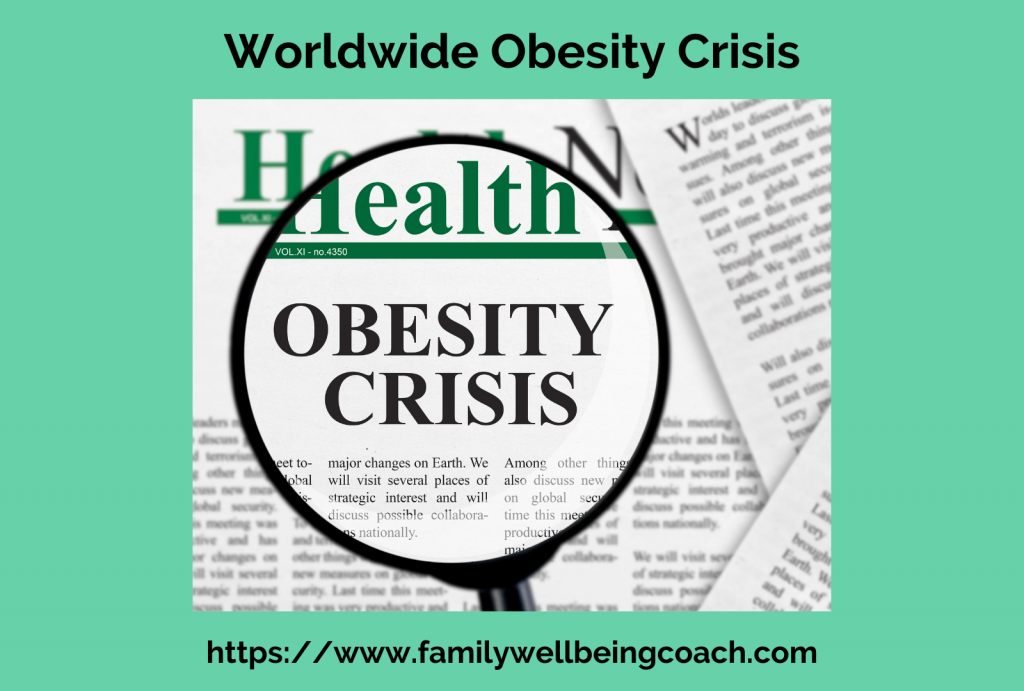
Obesity exists all over the world. However, some countries are more affected by obesity than others. Although it’s not unusual to assume that the populations of the world’s richest and most developed countries are the most obese, this isn't necessarily so. Two of the most developed countries in the world are the United States and the United Kingdom, yet, when comparing levels of obesity, they are ranked 12th and 36th respectively. Obviously we aren’t exercising nearly enough and, consequently, our current energy balance is in disarray.
Many of the world’s smaller nations are classified as being the most obese. Furthermore, the World Health Organization (WHO) has stated that the ever-rising cost of healthy food, coupled with food scarcity in underdeveloped nations, is a contributing factor to this obesity.
Countries with Lowest Obesity Levels
According to the WHO, the world’s least obese countries have obesity rates of lower than 2%. Ethiopia, Bangladesh, Nepal, Eritrea and Madagascar are the five least obese countries in the world.
These figures could be somewhat misleading because it’s highly likely that some of these countries show low obesity figures because of malnutrition. Conversely, it’s possible that they have a natural way of handling energy balance as, in rural areas, many people are performing manual labour.
However, some of the research findings have indicated that the numbers of overweight and obese people in rural areas are constantly increasing. Unfortunately, ultra-processed foods are becoming part of the everyday diets of people living in rural areas, and cheaply made motor vehicles and mechanised farming equipment are also changing the lifestyles of rural people.
Genetic Tendencies

Take India, for instance. According to the WHO, the country has an exceptionally low incidence of obesity. Nevertheless, it’s a known fact that Indians have a genetic tendency toward abdominal obesity, and this is intensified by a general craving for chocolates and sweets, most especially in the city areas. You will therefore find, for example, that an area such as Delhi has an exceptionally high rate of obesity, whereas Tripura, a hilly state in the north-eastern part of the country, and is predominantly rural, has an extremely low prevalence of obesity. At the present time this gives India a somewhat low average, although this will no doubt change before too long.
It’s important to understand that, in order to reduce obesity, you will need to modify both your energy intake and your energy expenditure if you want to attain a perfect energy balance, and not focus only on the one or the other.
Energy Expenditure
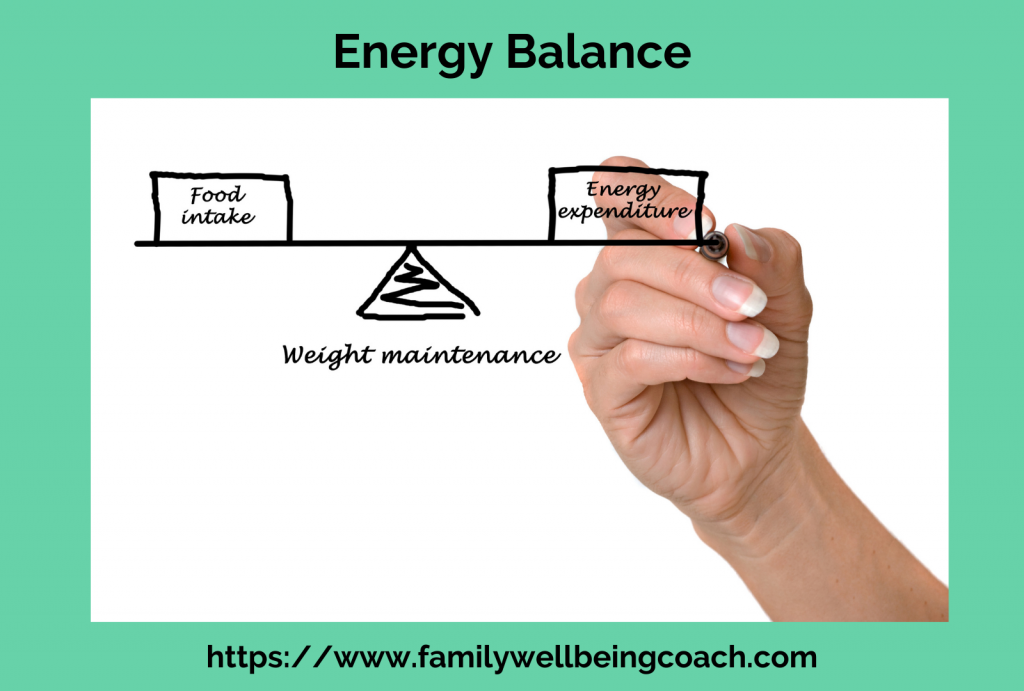
Energy expenditure is the amount of energy that a person needs to carry out physical functions such as breathing, blood circulating, thinking, digesting food and exercising.
If you want to prevent weight gain, you must ensure that your energy intake is balanced with your energy expenditure. This equation is referred to as your energy balance. Therefore, you need to work out how many calories your body requires so that it can operate at an optimal level, and how much energy you are getting from your food consumption.
Energy is measured in calories, and your total daily energy expenditure (TDEE) is the number of calories that you burn each day.
What are calories?

A calorie is defined as a unit of energy that your body can obtain through eating food. In nutrition, calories are usually displayed in units of thousands. An amount of 1,000 calories equals 1 kcal (kilocalorie).
Today, most nutritionists prefer to use joules as the measurement of energy: 1 calorie equals approximately 4.18 joules (or 1 kcal equals 4.18 kJ). The energy values of food labels are generally displayed as both kJ and kcal.
As most people prefer to talk in terms of calories (kcal), this term will continue to be used in this article.
Energy Density
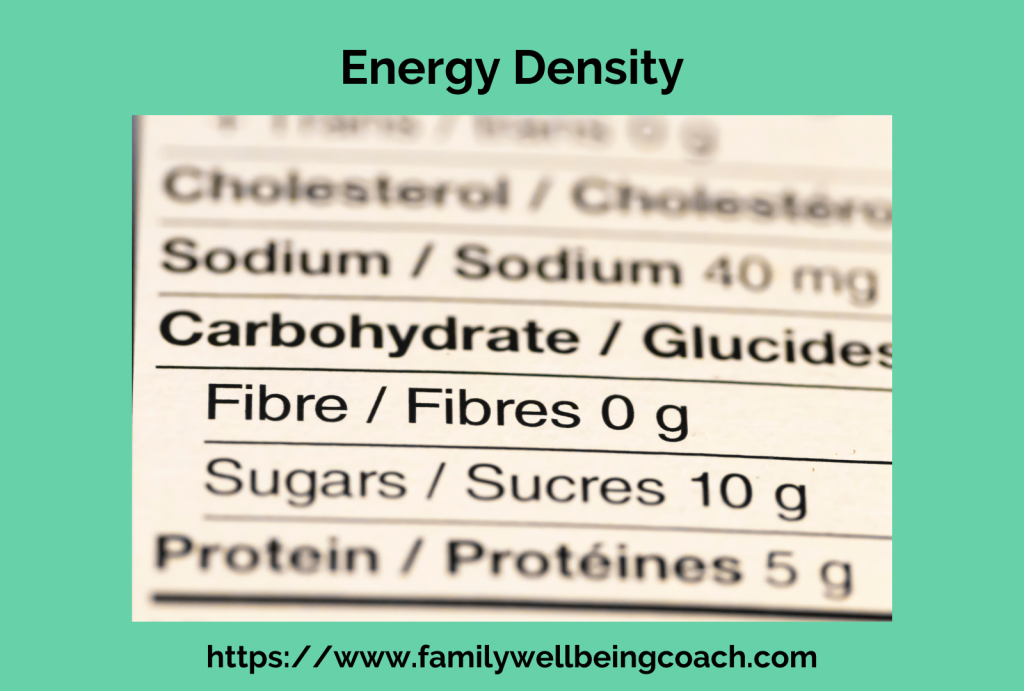
The amount of energy that any food contains per gram is known as its energy density, so you can describe fat as more energy dense than protein or carbohydrate.
Choosing foods that are less calorie dense, meaning you get a larger portion size with a fewer number of calories, can help you to lose weight and control your hunger.
One kilocalorie (1 kcal) is equal to 4.18 kilojoules (4.18 kJ).
- Fat contains 9 kcal (37 kJ) per gram
- Alcohol contains 7 kcal (29 kJ) per gram
- Protein contains 4 kcal (17 kJ) per gram
- Carbohydrate contains 3.75 kcal (16 kJ) per gram (for the purposes of food labelling this is rounded up to 4 kcal per gram).
So, how many kcal per day does your body require to function efficiently?
Energy is provided by the carbohydrate, protein and fat in your food and drink. It’s also provided by alcohol. Different foods and drinks provide different amounts of energy. You can find this information on all food labels.
This is a good question, but it’s very difficult to calculate your metabolic rate without the use of high-tech scientific equipment under laboratory conditions. The number of kcal that is required daily will vary from person to person, depending on such imponderables as body size, sex, body composition, genetics and activity levels.
Furthermore, no one's energy expenditure is exactly the same every day. Therefore, to get the most out of an energy expenditure calculator, use it merely as a guideline for your daily calorie intake. You can adjust the numbers as needed, based on changes in your activity level, or changes in your weight.
The following is a rough guide that most people use.
Average Energy Requirements
Estimated average energy requirements for the average adult:
| Age | Men | Women |
| 19 to 49 years old | 2550 Kcal per day | 1940 Kcal per day |
| 50 to 59 years old | 2500 Kcal per day | 1900 Kcal per day |
The recommended daily amounts shown in the table above are merely guidelines regarding the average requirements for the 'average' healthy individual of average weight and activity levels.
The so-called 'average adult' refers to a healthy individual between the ages of 19 and 60 years. The assumption is that the person, male or female, is of average weight and activity levels.
This excludes pregnant and lactating females as well as any individual suffering from any serious illness. It also excludes individuals who are extremely active.
Energy Balance
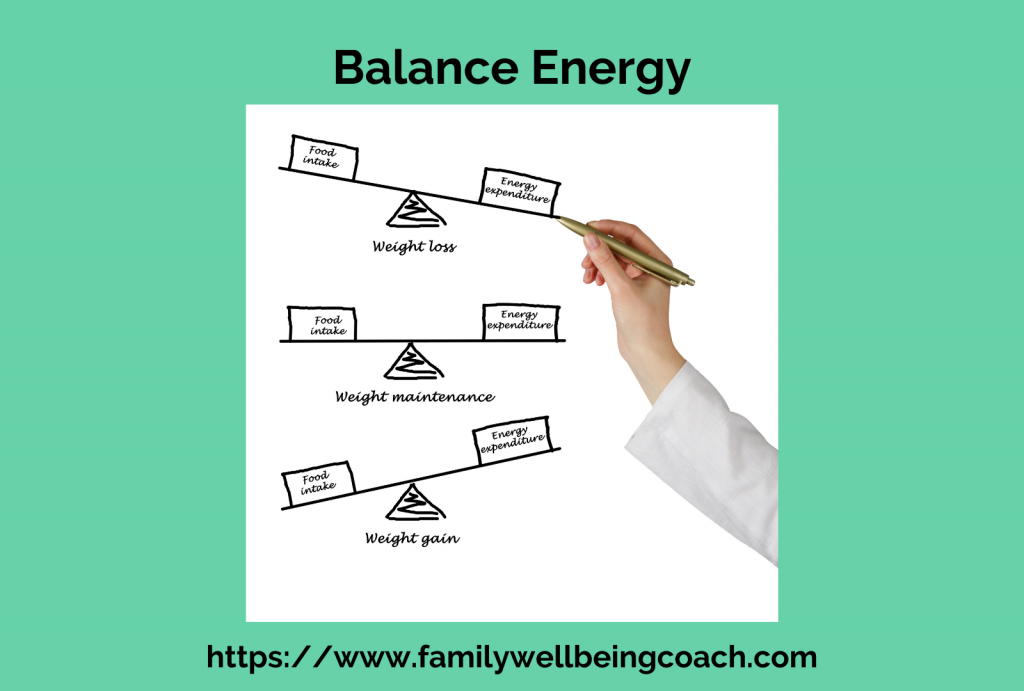
Now to get back to energy balance. And here you will need to reach and maintain a healthy weight for your overall health and wellbeing. This will involve learning how to balance energy coming in with energy going out.
Now let's consider the different variations that can occur with the energy-balance equation.
Energy intake = energy expenditure
As a result of this equation body weight, or more accurately your body fat reserves, remain the same.
Energy intake > energy expenditure
If you consume more energy than you expend then the extra energy will be stored as fat and body weight will increase.
Energy intake < energy expenditure
If you consume less energy than you expend then your body weight will decrease.
The extra energy that your body needs – energy that’s not being provided by food – will be provided by breaking down your stores of body fat, and you will consequently see a loss in weight or body fat.
Always bear in mind that your weight fluctuates constantly depending on several factors, including your hydration status.
Note that it’s quite possible to become thinner without actually seeing any change in your weight. This will happen when you lose body fat while at the same time you gain muscle. Your weight may stay the same, even while you lose inches (or centimetres). This is a happy indication that you're moving in the right direction.
Calculate Your Daily Calorie Requirements
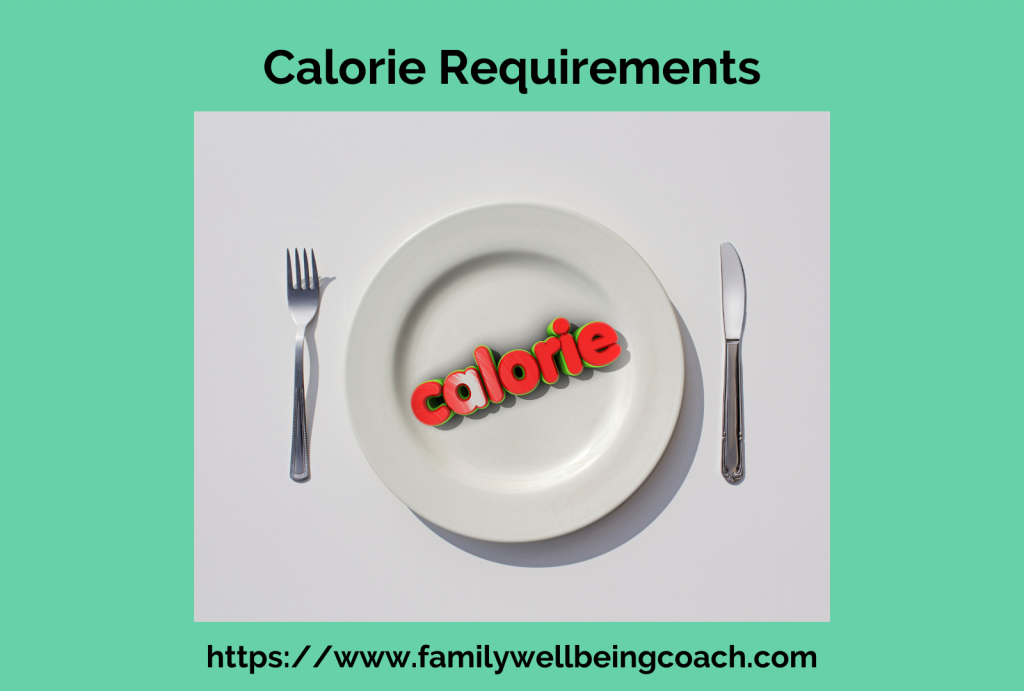
The calculator below will help you to work out how many calories you require to reach your goal. This is based on your Basal Metabolic Rate (BMR). This is adjusted to take into account your activity levels on a daily basis, which will give you an estimation of your Total Daily Energy Expenditure (TDEE).
BMR and TDEE
Basal Metabolic Rate, also known as BMR, is the amount of energy your body burns at rest daily. So, it is the number of calories required to keep your body functioning while you are not doing any physical activity.
Your Total Daily Energy Expenditure (TDEE) is an estimation of how many calories you burn per day when exercise is taken into account. It is calculated by first figuring out your Basal Metabolic Rate, then multiplying that value by an activity multiplier.
To make it easier for you, this calculator does that for you. Just use the advanced mode button to count your total energy expenditure which will take your activity levels into account.
The calculator uses the Harris Benedict Equation. This is a formula that uses your BMR and then applies an activity factor to determine your total daily energy expenditure (calories).
The only factor omitted by the Harris Benedict Equation is lean body mass. Remember, leaner bodies need more calories than less leaner ones. Therefore, this equation will be accurate in all but the very muscular (will under-estimate calorie needs) and the obese (will over-estimate calorie needs).
Tracking Your Intake
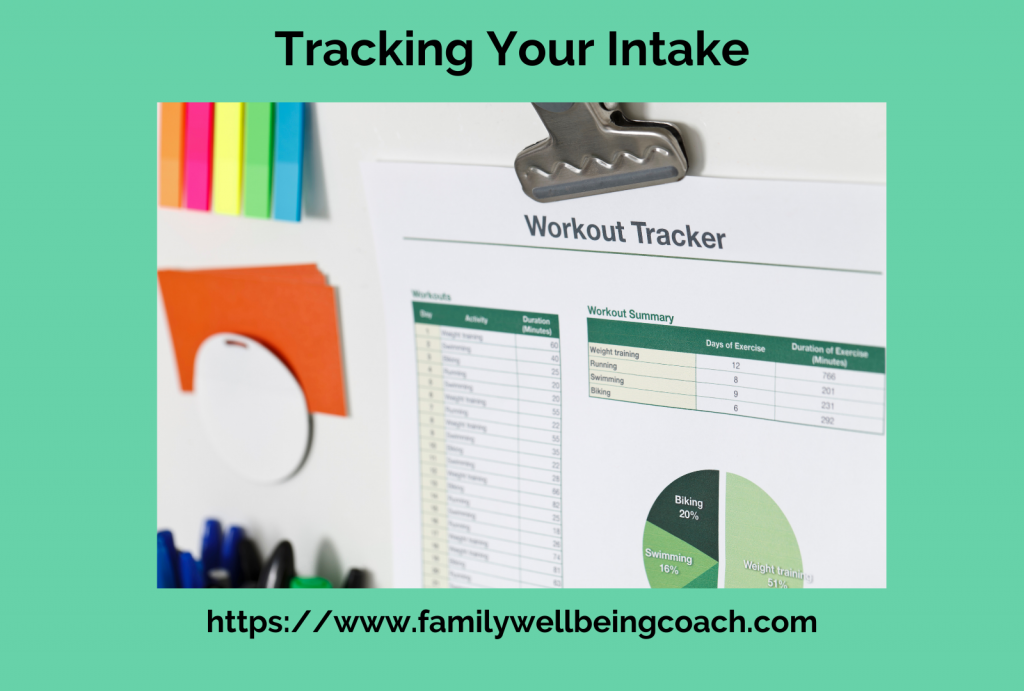
These days it’s easier than ever before to track your calories and macronutrients by using, for example, websites and apps such as Myfitnesspal. The latter has databases of foods and it actually allows you to use your phone to scan the barcodes of foods that you’ve eaten.
You may also need to use a scale to make it easier to measure your food more accurately. Make sure that you consistently track everything that you eat.
Weighing Yourself

Although it’s important to keep track of your weight when you begin your journey, it’s equally important that you take your particular personality into account.
Many people find that weighing themselves every day provides a sense of accountability and helps them to understand and appreciate their level of progress. So if you’re able to look at the overall picture and don’t allow yourself to stress about the various fluctuations, then by all means go ahead and weigh yourself daily.
But if you’re the sort of person who finds that the numbers on the scale have the power to affect your mood – or even cause you to give up virtually before you’ve started – then it’s better to weigh yourself less often.
When losing weight, you’ll be aiming to lose from one to two pounds (500g to 1kg) per week.
BMR Calculator
TDEE Calculator
Making Adjustments

The calculator above will give you an estimate of the calories and macronutrients you require each day. But remember that you might need to make some adjustments from time to time. If your weight doesn’t change as you had hoped, don’t be afraid to make some small adjustments. For example, if your aim is to lose weight and your weight has remained constant, reduce your intake by 50 calories per day.
This should come from carbs (4 calories per gram) and/or fats (9 calories per gram). Your protein intake should remain the same. Repeat this process as necessary to keep reaching your goals.
As you can see, getting your energy balance right is the most important part of the weight-loss process. You will find all the information that you need on my membership site, so have a look at Family Wellbeing Coach Membership Site before booking a discovery call.





